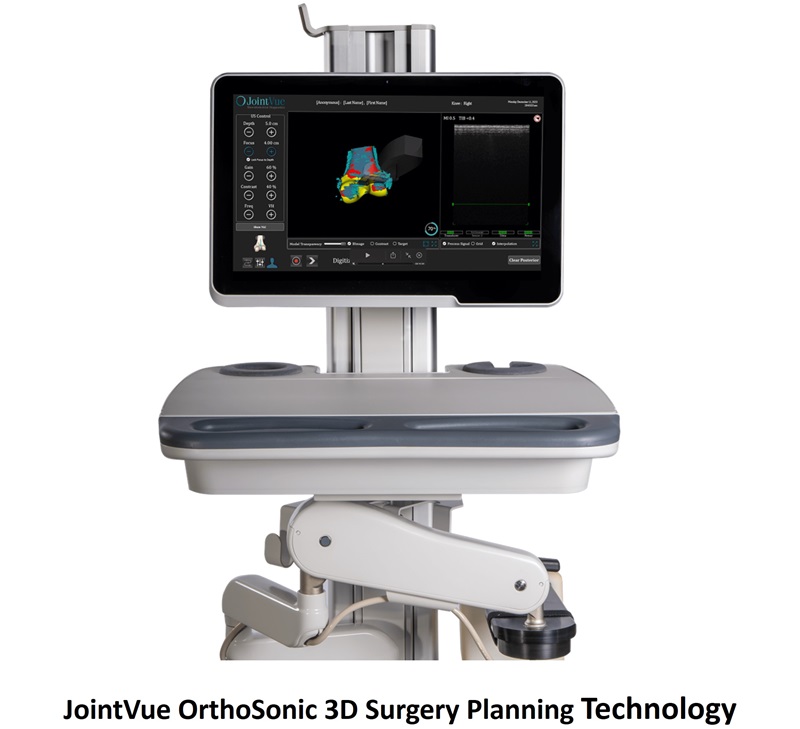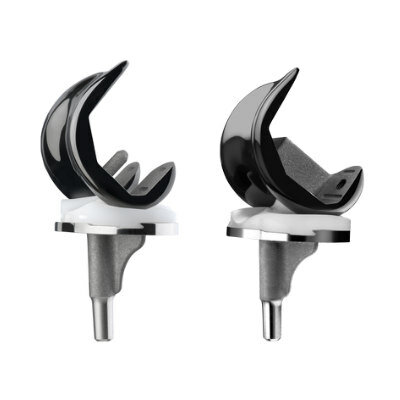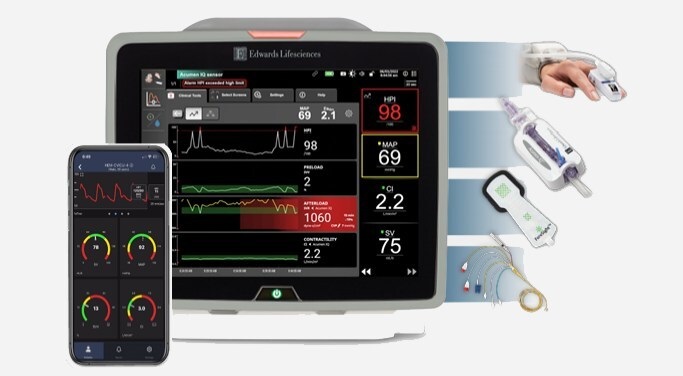Robotic System Facilitates Cochlear Implant Insertion
|
By HospiMedica International staff writers Posted on 20 Oct 2021 |
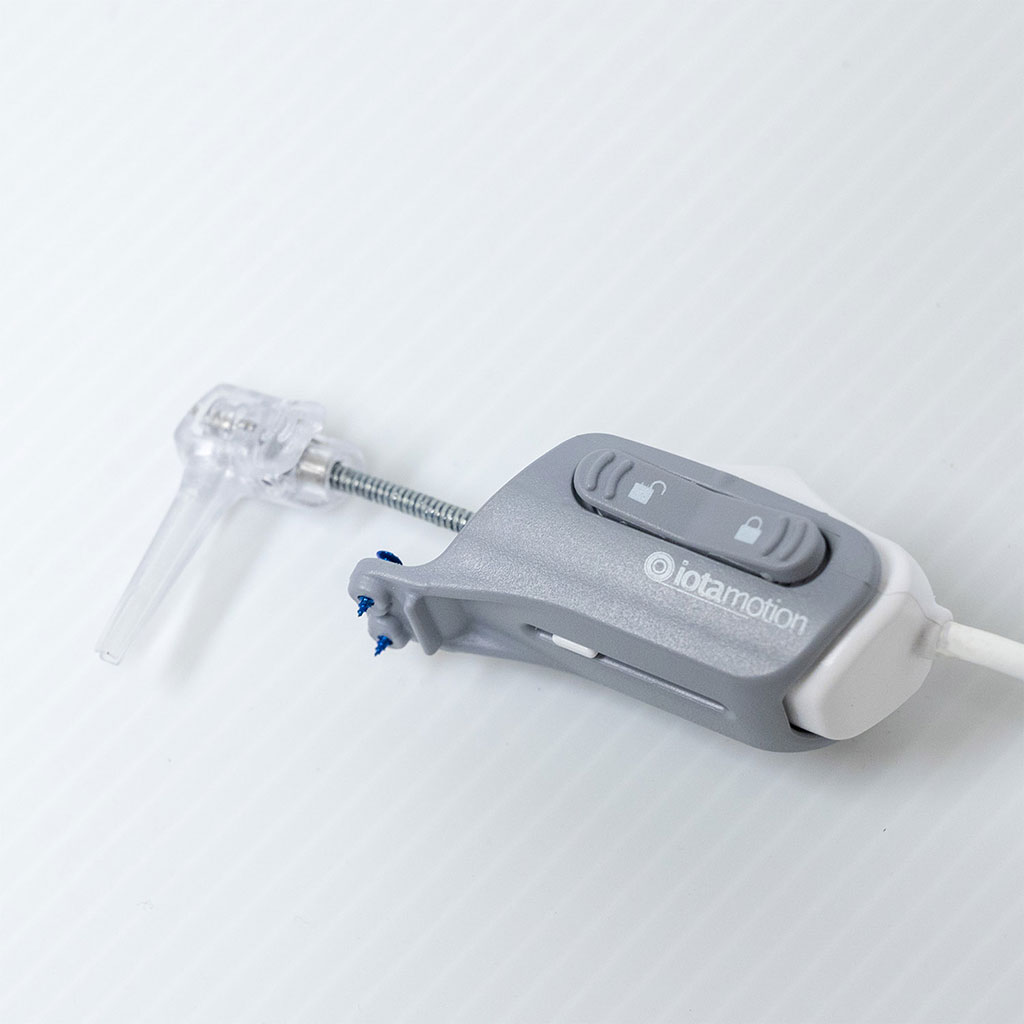
Image: The iotaSOFT cochlear implant insertion system (Photo courtesy of iotaMotion)
New cochlear implant insertion technology aids surgeons in placement of electrode arrays by controlling insertion speed.
The iotaMotion (Iowa City, USA) iotaSOFT Insertion System is a small, thumb-sized, open platform robotic technology compatible with a variety of implants, which fits seamlessly into existing surgical workflows. The bone-mounted robotic device aids the surgeon during insertion of the implant electrode array by reducing insertion variability and undesirable forces. However, the surgeon still controls the precise motion capabilities of the robotic-assisted insertion, using technical skills, training, and experience.
According to iotaMotion, when inserting cochlear implants manually, the amount of force used can spike as the electrode is pushed through the final millimeters across the sensitive areas of the ear; as a result, an estimated 15-50% of all people who receive a cochlear implant have reported additional losses of their natural hearing. By slowing down the speed of the procedure and giving the surgeon added control, iotaSOFT aims to limit the amount of damage caused to the delicate cochlea by the surgery itself, helping to maintain the patient’s residual hearing.
“Historically, cochlear implant electrode arrays have been placed solely by hand with forceps and other manual instrumentation. With the advent of robotic-assisted systems like the iotaSOFT, we will now have the ability to place the electrode into the delicate, tiny structures of the cochlea with the added precision and stability that robotic assistance provides,” said Marlan Hansen, MD, medical Director iotaMotion. “There are clear opportunities to improve outcomes, optimize preservation of existing function, and support consistent results for surgeons and patients in the US and around the world.”
In a normal ear, sound vibrations in the air lead to resonant vibrations of the basilar membrane inside the cochlea. The movement of hair cells, located all along the basilar membrane, creates an electrical disturbance that can be picked up by the surrounding nerve cells, allowing the brain to interpret the nerve activity and determine what sound frequency is being heard. The cochlear implant bypasses the hair cells and stimulates the cochlear nerves directly using electrical impulses. This allows the brain to interpret the frequency of sound as it would if the hair cells of the basilar membrane were functioning properly.
Related Links:
iotaMotion
The iotaMotion (Iowa City, USA) iotaSOFT Insertion System is a small, thumb-sized, open platform robotic technology compatible with a variety of implants, which fits seamlessly into existing surgical workflows. The bone-mounted robotic device aids the surgeon during insertion of the implant electrode array by reducing insertion variability and undesirable forces. However, the surgeon still controls the precise motion capabilities of the robotic-assisted insertion, using technical skills, training, and experience.
According to iotaMotion, when inserting cochlear implants manually, the amount of force used can spike as the electrode is pushed through the final millimeters across the sensitive areas of the ear; as a result, an estimated 15-50% of all people who receive a cochlear implant have reported additional losses of their natural hearing. By slowing down the speed of the procedure and giving the surgeon added control, iotaSOFT aims to limit the amount of damage caused to the delicate cochlea by the surgery itself, helping to maintain the patient’s residual hearing.
“Historically, cochlear implant electrode arrays have been placed solely by hand with forceps and other manual instrumentation. With the advent of robotic-assisted systems like the iotaSOFT, we will now have the ability to place the electrode into the delicate, tiny structures of the cochlea with the added precision and stability that robotic assistance provides,” said Marlan Hansen, MD, medical Director iotaMotion. “There are clear opportunities to improve outcomes, optimize preservation of existing function, and support consistent results for surgeons and patients in the US and around the world.”
In a normal ear, sound vibrations in the air lead to resonant vibrations of the basilar membrane inside the cochlea. The movement of hair cells, located all along the basilar membrane, creates an electrical disturbance that can be picked up by the surrounding nerve cells, allowing the brain to interpret the nerve activity and determine what sound frequency is being heard. The cochlear implant bypasses the hair cells and stimulates the cochlear nerves directly using electrical impulses. This allows the brain to interpret the frequency of sound as it would if the hair cells of the basilar membrane were functioning properly.
Related Links:
iotaMotion
Latest Surgical Techniques News
- Microgrippers For Miniature Biopsies to Create New Cancer Diagnostic Screening Paradigm
- Miniature Soft Lithium-Ion Battery Could Be Used as Defibrillator During Surgery
- TAVI Procedure Supported by Radial Artery Access Reduces Bleeding Complications
- Portable Surgical Robot Seamlessly Integrates into Any OR for Performing Cholecystectomy Procedures
- New Thoracic Surgery Risk Calculators Support Preoperative Decision-Making
- Surgical Platform with Miniature Humanoid-Shaped Robotic Arms Provides Human Level Dexterity
- Precision Surgical Technique Enables Lymph Node Detection and Removal in Endometrial Cancer
- Glowing Approach Helps Surgeons Assess Neural Blood Flow in Chronic Nerve Compression Neuropathy
- Predictive Model Identifies Best Patients for Minimally Invasive Epilepsy Surgery
- Light-Driven Micro-Robot Designed to Swim Autonomously in Viscous Liquids Could Be Used for Unblocking Blood Vessels
- Novel Approach Combines Advanced Robotics and Low-Field MRI Technology for Incisionless Prostate Surgery
- Fast OCT System Integrated into Neurosurgical Microscope Identifies Tumor Margins During Brain Surgery
- Miniature Robots Transport Instruments for Endoscopic Microsurgery Through Body
- Robotic Visualization System for Neurosurgery Offers Greater Clarity for Complex Procedures
- Endometrial Ablation for Abnormal Uterine Bleeding Associated with High Risk of Hysterectomy
- Breakthrough Robot Technology Could Allow Entire Surgery to Be Performed Without Human Intervention
Channels
Critical Care
view channel_1.jpg)
Cutting-Edge Bioelectronic Device Offers Drug-Free Approach to Managing Bacterial Infections
Antibiotic-resistant infections pose an increasing threat to patient safety and healthcare systems worldwide. Recent estimates indicate that drug-resistant infections may rise by 70% by 2050, highlighting... Read more
Sophisticated Machine-Learning Approach Uses Patient EHRs to Predict Pneumonia Outcomes
Pneumonia, an infection that results in difficulty breathing due to fluid accumulation in the lungs, is one of the leading causes of death worldwide. This condition is particularly challenging to treat... Read more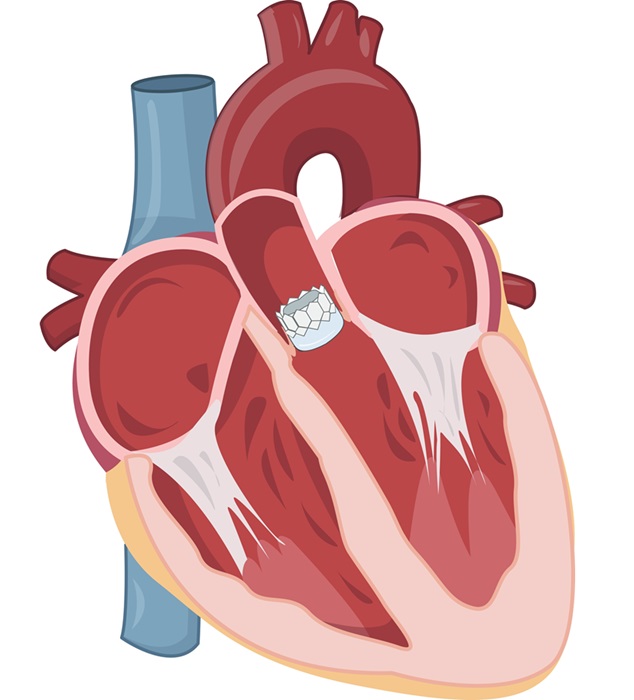
Early TAVR Benefits Patients with Asymptomatic Severe Aortic Stenosis
For patients with asymptomatic severe aortic stenosis (AS) and preserved left-ventricular ejection fraction, current guidelines recommend clinical surveillance every six to twelve months.... Read more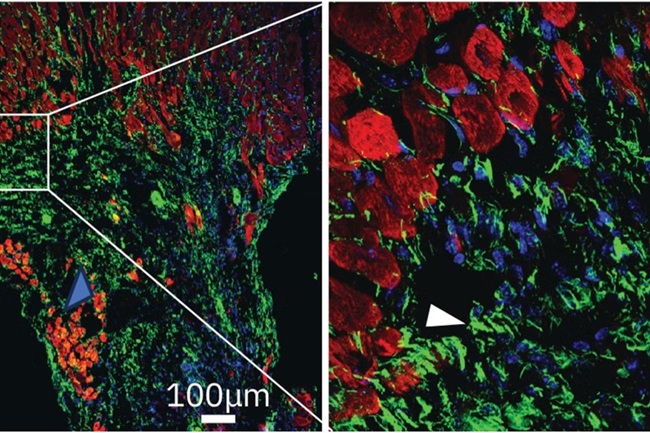
First-Of-Its-Kind Experimental Therapy Enhances Tissue Repair After Heart Attack
Cardiovascular disease remains the leading cause of death worldwide, accounting for one-third of all annual fatalities. Following a heart attack, the heart's natural regenerative ability is limited, resulting... Read morePatient Care
view channel
Portable Biosensor Platform to Reduce Hospital-Acquired Infections
Approximately 4 million patients in the European Union acquire healthcare-associated infections (HAIs) or nosocomial infections each year, with around 37,000 deaths directly resulting from these infections,... Read moreFirst-Of-Its-Kind Portable Germicidal Light Technology Disinfects High-Touch Clinical Surfaces in Seconds
Reducing healthcare-acquired infections (HAIs) remains a pressing issue within global healthcare systems. In the United States alone, 1.7 million patients contract HAIs annually, leading to approximately... Read more
Surgical Capacity Optimization Solution Helps Hospitals Boost OR Utilization
An innovative solution has the capability to transform surgical capacity utilization by targeting the root cause of surgical block time inefficiencies. Fujitsu Limited’s (Tokyo, Japan) Surgical Capacity... Read more
Game-Changing Innovation in Surgical Instrument Sterilization Significantly Improves OR Throughput
A groundbreaking innovation enables hospitals to significantly improve instrument processing time and throughput in operating rooms (ORs) and sterile processing departments. Turbett Surgical, Inc.... Read moreHealth IT
view channel
Machine Learning Model Improves Mortality Risk Prediction for Cardiac Surgery Patients
Machine learning algorithms have been deployed to create predictive models in various medical fields, with some demonstrating improved outcomes compared to their standard-of-care counterparts.... Read more
Strategic Collaboration to Develop and Integrate Generative AI into Healthcare
Top industry experts have underscored the immediate requirement for healthcare systems and hospitals to respond to severe cost and margin pressures. Close to half of U.S. hospitals ended 2022 in the red... Read more
AI-Enabled Operating Rooms Solution Helps Hospitals Maximize Utilization and Unlock Capacity
For healthcare organizations, optimizing operating room (OR) utilization during prime time hours is a complex challenge. Surgeons and clinics face difficulties in finding available slots for booking cases,... Read more
AI Predicts Pancreatic Cancer Three Years before Diagnosis from Patients’ Medical Records
Screening for common cancers like breast, cervix, and prostate cancer relies on relatively simple and highly effective techniques, such as mammograms, Pap smears, and blood tests. These methods have revolutionized... Read morePoint of Care
view channel
Handheld, Sound-Based Diagnostic System Delivers Bedside Blood Test Results in An Hour
Patients who go to a doctor for a blood test often have to contend with a needle and syringe, followed by a long wait—sometimes hours or even days—for lab results. Scientists have been working hard to... Read more
Smartphone-Enabled, Paper-Based Quantitative Diagnostic Platform Transforms POC Testing
Point-of-care diagnostics are crucial for public health, offering rapid, on-site testing that enables prompt diagnosis and treatment. This is especially valuable in remote or underserved regions where... Read moreBusiness
view channel
Hologic Acquires Gynesonics to Strengthen Existing Gynecological Surgical Business
Hologic (Marlborough, MA, USA) has signed a definitive agreement to acquire Gynesonics (Redwood City, CA, USA) for approximately USD 350 million, subject to working capital and other customary closing adjustments.... Read more